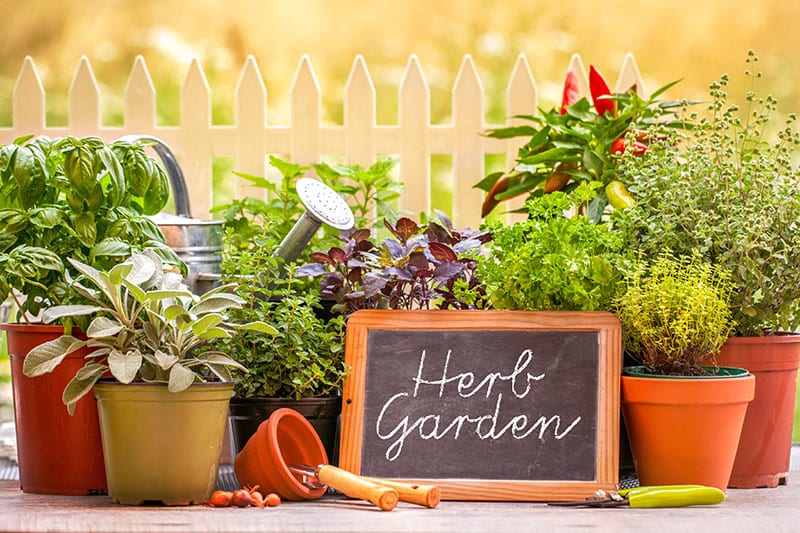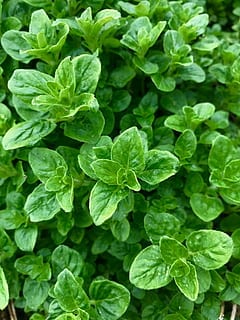Herb Garden Ideas
As a gardener, you know how important it is to have fresh herbs on hand. You can’t just run down to your local grocery store for them when the need arises! This blog post will give you some ideas on what types of herb gardens work best in different situations. If you’re looking for an … Read more


